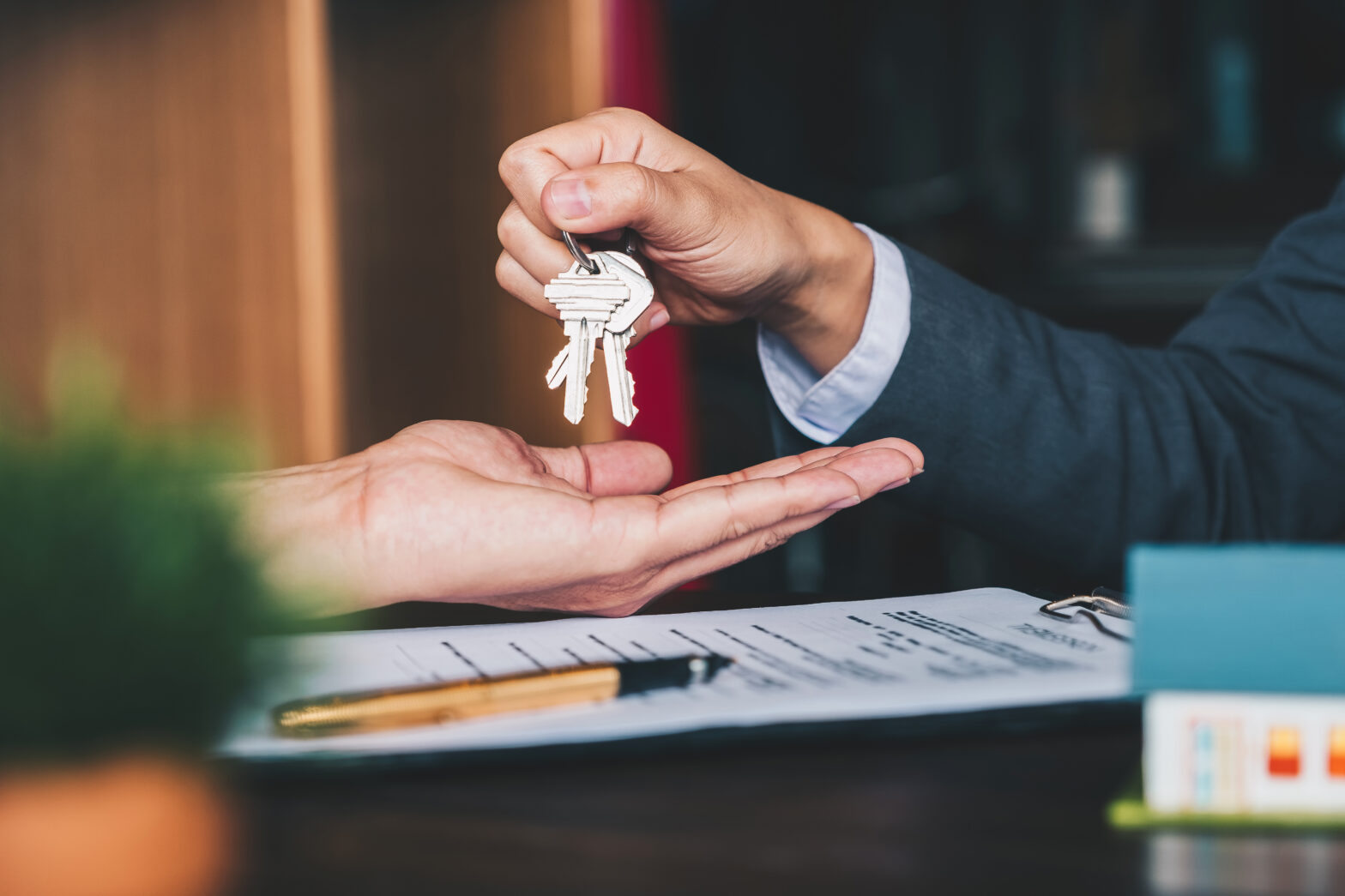A straightforward, easy to navigate, website structure isn’t just essential for user experience, it can be vital for a business ranking in Search Engine Results Pages (SERPs).
There are a range of tactics that a business can incorporate in its SEO strategies to do this. Internal linking is an incredibly simple SEO tactic that businesses can use to make it easier for Google to crawl through their websites, understand the content, and in turn improve their positioning in search engine rankings.
An internal link simply directs users and search engine spiders (or crawlers) from one page to another on the same website. It’s valuable as it strengthens the search optimisation of a website and is useful for three main purposes. Firstly, it aids website navigation. Secondly, it helps define a website’s structure and information hierarchy.
Lastly, it helps spread ranking power, topical or semantic relevancy and authority throughout the pages of a website. This demonstrates credibility within the industry and can place the business higher in the rankings.
Internal linking is a great way to help search engines find, understand and help users navigate your website. When planning on using internal links, companies should think about which web pages they want users to visit the most and utilise internal links to direct both their audience and search engines to these sections.
There are a number of ways businesses can make sure they are utilising internal links to the best advantage.
Create unique content
To successfully incorporate internal linking into a website, a business needs to first ensure that it has enough unique, substantive and well written web pages that can be connected.
If your website is lacking in pages and unique content, the simple solution is to create more. Creating content such as blogs, news releases and reports that you can showcase on individual pages will ensure you have a plethora of high quality content you can link to. Essentially, the more links you have, the stronger your strategy will be.
Furthermore, these internal links can keep the user engagement by providing context and further reading options, while promoting older content throughout your site. The user stays on your site longer, and may share content and/or generate a sales lead.
Optimise anchor text and link positioning
The anchor text simply refers to the clickable text of an internal link title. The keywords contained in an internal link anchor text can help determine a business’s page ranking in the SERPs as search engines can use these keywords to identify the topic of a web page.
To improve your website’s rankings for certain keywords, your anchor text needs to contain keywords relevant to the page you’re linking to. For example, if you want a webpage to rank for ‘SEO strategies’, and you have a blog post about this, then you can point your audience to that page using relevant anchor text such as, ‘For more SEO strategies, check out our blog’. This tactic signals to Google that your web page is relevant to users searching that phrase.
The positioning and type of link is also critical and SEO professionals often cite the ‘reasonable surfer patent’ as an indicator to how Google views links on a page.
Avoid unnecessary linking
In addition to using relevant anchor text, businesses need to make sure they are using relevant links throughout their website pages. Linking for the sake of it can damage the credibility of your webpage if Google can’t make a connection between those pages. This can cause your webpage to fall down lower in the SERPs.
You should only be linking to webpages with relevant content. The stronger the content overlap between the two pages you are linking, the better. The idea of internal linking is to provide extra content and information on a topic to encourage more engagement and offer a better user experience.
Avoid over-optimisation
When deciding on how many links to include on a webpage, plan with the user in mind. While internal linking is a great SEO strategy, businesses should avoid doing this too much, as overusing internal links on webpages could affect the user experience and be discounted by Google.
A successful internal linking strategy doesn’t mean you need to include 100s of internal links on each webpage. While Google has never specified how many links should be included on a page, other than keep them to a reasonable number, the rule of thumb would be to add as many links that would help the user.
This may be one on some pages or three to four on others. It’s entirely dependent on the content of the webpage and the audience you’re targeting. However, if you keep the user experience in mind and link to content that is relevant to the current page they’re visiting, you’ll be on the right track.
Although internal linking may not directly impact a website’s overall ranking, it’s a great way for businesses to create a clear path for search engines to crawl their sites, and highlight which pages should be prioritised.
Simon Schnieders is founder of Blue Array.
Further reading on SEO strategy
Nominations are now open for the British Small Business Awards, the leading event celebrating the brightest stars in the SME sector. Click here to enter, and make sure you get involved today using the hashtag #BSBAwards. Good luck!





